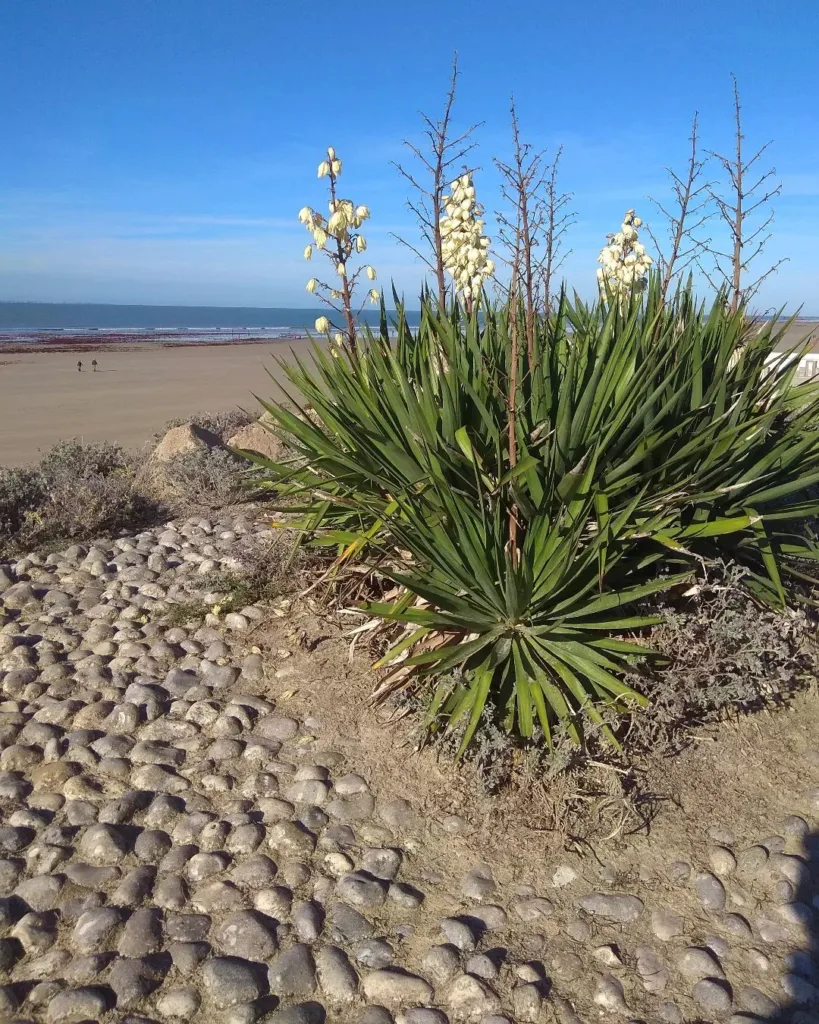
What Is Glebionis Coronaria?
Glebionis Coronaria, commonly known as the Crown Daisy or the Chrysanthemum Coronarium, is a versatile and attractive flowering plant. It belongs to the Asteraceae family, which includes many popular garden flowers. This plant is native to the Mediterranean region but has spread globally due to its hardy nature and vibrant blooms. Glebionis Coronaria is celebrated for its bright, daisy-like flowers that come in a variety of colors, including yellow, white, and pink.
Plant Family: 1720 Genera in Asteraceae
How to Care for Glebionis Coronaria?
Caring for Glebionis Coronaria is relatively straightforward. Here are some essential tips:
- Light Requirements: Glebionis Coronaria thrives in full sun. It needs at least six hours of direct sunlight daily to produce its vibrant blooms. In shaded areas, the plant might become leggy and produce fewer flowers.
- Soil Conditions: This plant prefers well-draining soil with a slightly acidic to neutral pH. Avoid heavy, clayey soils that retain moisture, as this can lead to root rot.
- Watering: Water the plant regularly to keep the soil moist, but avoid waterlogging. Allow the top inch of soil to dry out between waterings.
- Fertilizing: Feed Glebionis Coronaria with a balanced, all-purpose fertilizer during the growing season. Too much nitrogen can lead to lush foliage but fewer flowers.
- Pruning: Deadhead spent flowers to encourage more blooms. Cutting back the plant after it finishes flowering can help it stay compact and vigorous.
How to Propagate Glebionis Coronaria?
Propagating Glebionis Coronaria is simple and can be done in several ways:
- Seeds: The most common method is sowing seeds. Start seeds indoors 6-8 weeks before the last frost date or sow them directly into the garden after the threat of frost has passed. Keep the soil moist until germination.
- Cuttings: You can also propagate this plant through cuttings. Take stem cuttings in the spring or early summer, and root them in a potting mix. Ensure they receive indirect light until roots develop.
What to Plant With Glebionis Coronaria?
Glebionis Coronaria pairs well with a variety of other garden plants:
- Companion Plants: Plant it alongside other full-sun lovers like Marigolds, Petunias, and Salvia for a vibrant and colorful garden display.
- Herbs: It also complements herbs like Basil and Thyme, which can benefit from similar growing conditions.
- Grasses: Ornamental grasses such as Fountain Grass can add texture and contrast to the display.
Is Glebionis Coronaria Toxic?
Glebionis Coronaria is generally considered non-toxic to humans and pets. This makes it a safe choice for gardens where children and animals are present. However, it’s always wise to monitor for any allergic reactions if ingested in large quantities.
Benefits of Glebionis Coronaria
Glebionis Coronaria offers several benefits:
- Aesthetic Appeal: Its bright and cheerful flowers make it a great addition to garden beds and containers, adding color and vibrancy.
- Pollinator Friendly: The plant attracts pollinators like bees and butterflies, supporting local ecosystems and helping with garden health.
- Low Maintenance: It’s relatively easy to grow and maintain, making it a good choice for both beginner and experienced gardeners.
Common Problems and Solutions
Despite its hardiness, Glebionis Coronaria can face a few issues:
- Pests: Watch out for aphids and spider mites. Treat infestations with insecticidal soap or neem oil.
- Diseases: Powdery mildew can be a problem in humid conditions. Ensure proper spacing and air circulation to minimize this issue.
- Legginess: If the plant becomes leggy, it might be due to insufficient light. Ensure it receives adequate sunlight or consider using a grow light for indoor plants.
Compare with Similar Plants
Glebionis Coronaria is often confused with other daisy-like plants. Here’s a comparison with a couple of them:
- Chrysanthemum: Unlike Glebionis Coronaria, Chrysanthemums generally have more diverse flower shapes and colors. They also prefer slightly different growing conditions, often needing more shade compared to the full sun requirement of Glebionis Coronaria.
- Shasta Daisy (Leucanthemum × superbum): Shasta Daisies have similar flower structures but are usually larger and can tolerate a wider range of soil conditions. Glebionis Coronaria tends to be more compact and may have a shorter flowering period.
In summary, Glebionis Coronaria is a delightful and low-maintenance addition to any garden. With its bright blooms, ease of care, and compatibility with other plants, it’s a choice that can bring lasting beauty to your outdoor space. Whether you’re a seasoned gardener or a beginner, this plant’s charm and practicality make it worth considering for your garden.
If i die, water my plants!



